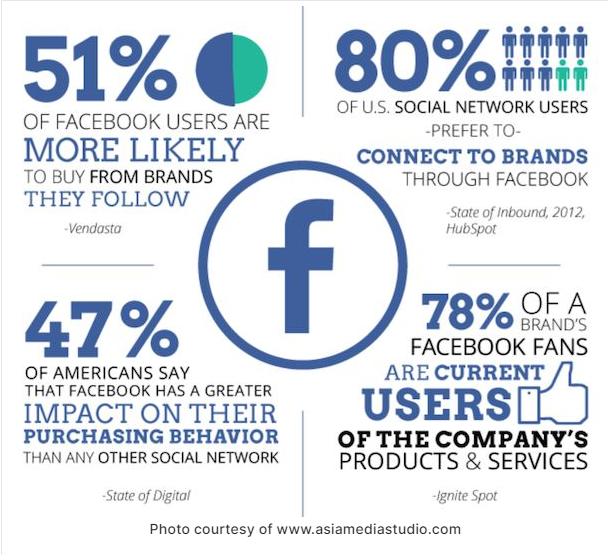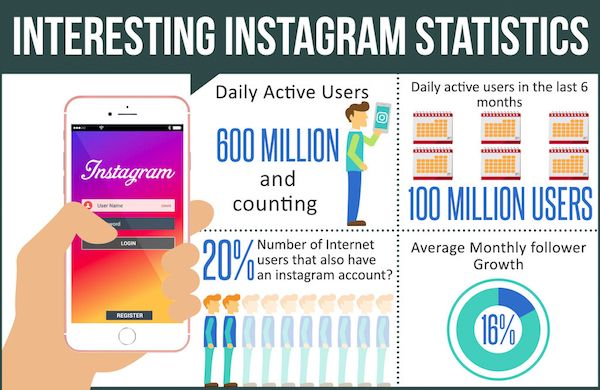The Ultimate Guide To Avoiding The Biggest Social Media Mistakes
There are many times when we ignore new features on social media platforms. However, if your content is not reaching or engaging users like you want or expect, there’s probably a specific reason for it.
Social media is constantly evolving, as such we need to keep up with it. Keep reading to see our list of mistakes to avoid on social media.
Sharing low-quality content
While Instagram may be more than a photo-sharing app, visuals are still king. If you want to succeed on the platform, you need to produce high-quality content.
Just look at Twitter: Although you can upload images and videos, it is a text-based app. From threads to retweets, the main feed is designed to prioritize written content.
The same is true for Instagram. Visuals are everywhere on the platform and if yours is not up to par, you will struggle to retain your audience’s attention.
Ignoring new features
Instagram is constantly evolving. Just this year, it’s rolled out new features like the Creators Marketplace, supervision tools for teens, pinned posts, Reels up to 90 seconds—and that’s just to name a few.
As Instagram continues to roll out new features, it prioritizes accounts that use them. For instance, when Reels first launched, the algorithm would prioritize accounts that used them—earning them more reach and impressions—than those who posted videos on the feed.
With this in mind, it’s important that businesses stay updated on the latest features coming out and how they will impact the platform’s algorithm. While a smaller change like a new button on the Shop tab may not affect your day-to-day business strategy, a new bigger change may warrant a strategy review.
Lacking Cohesive Graphic Design
When it comes to social media, your brand’s visual communication is just as important as the content you share. Design choices can vary depending on what kind of business you have. For example, if you are a finance firm, you might want to stray away from a bright color pallet and opt for something neutral.
When users are scrolling, you want to make your graphics eye-catching, but clear and easy to read. When you have limited time to get your message across, you want to make it count. Many marketers go with Sans- Serif fonts because they’re modern, simplistic and good for digital screens.
The same rule applies for images. If your image file is too small and has to stretch, this usually results in pixilation and poor quality. This can make your brand look unprofessional and are rarely shared by other users. Make sure the images you post to your pages are high-resolution and are the right dimension for the platform.
Content Lacking Engagement
Social media marketing can be a great way to reach new customers, but not all social media marketing campaigns are created equal. If you want to convert your followers into paying customers, you need to make sure that they’re engaged by the content you share.
Try posting engaging content and include a compelling call-to-action. Oftentimes, call to actions are a key point that many people miss. If you want your followers to share a post, then ask them to do so. If you want them to click on a link, then tell them to “click here.”
Social Media Marketing with Onimod Global
Let’s face it: creating content for your brand can be hard if you don’t have the right tools in hand. It takes time and effort, and the results aren’t always what you’re hoping for.
But when you take the time to plan, create and customize your graphics to suit your brand and preferred social platforms, the results are worth it. Sometimes, outsourcing these efforts can make a world of difference. At Onimod Global, we’re experts in social media, digital marketing and graphic design.
We offer high-end design and branding for your business, as well as the ability to boost social reach, engagement and conversions. Ready to bring your social media marketing to the next level? Contact us today!



